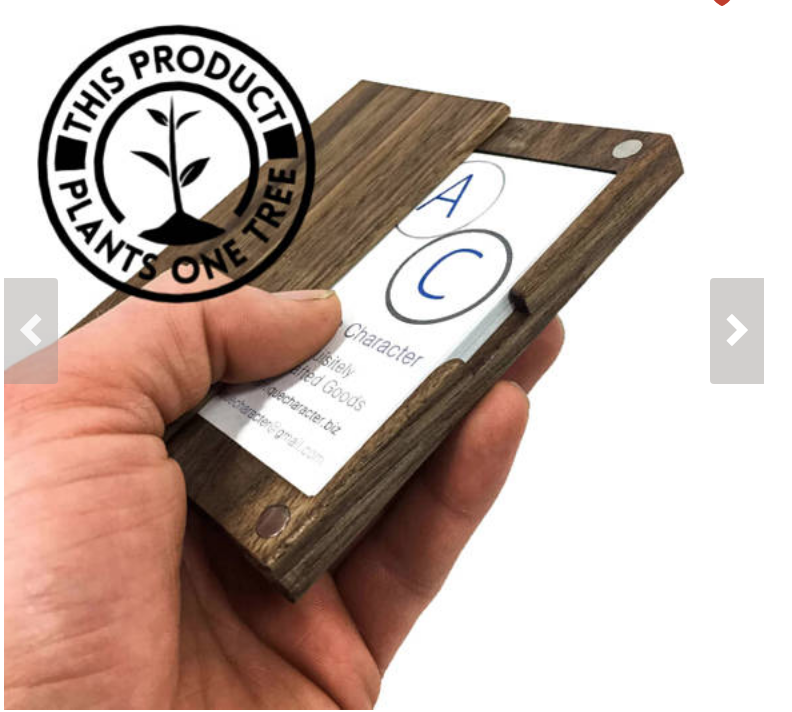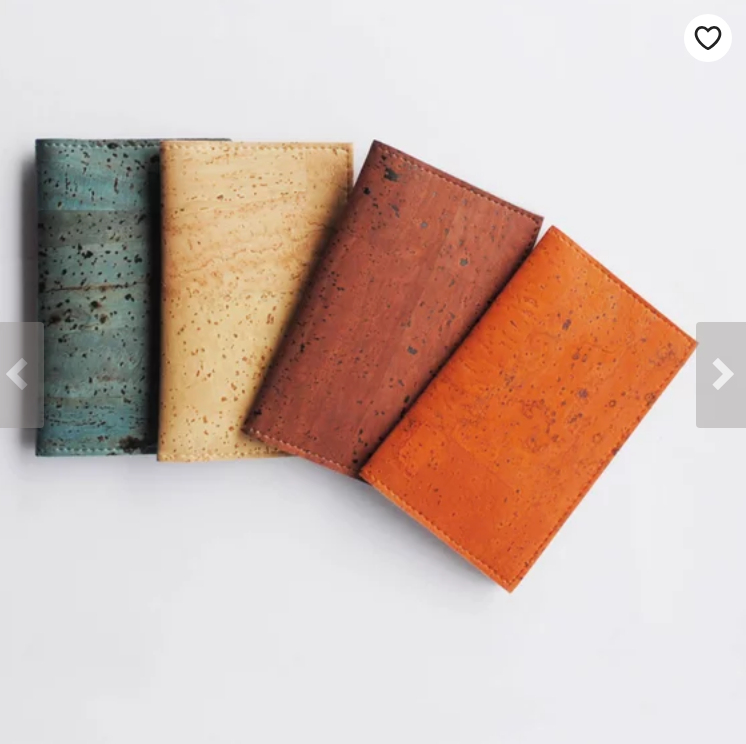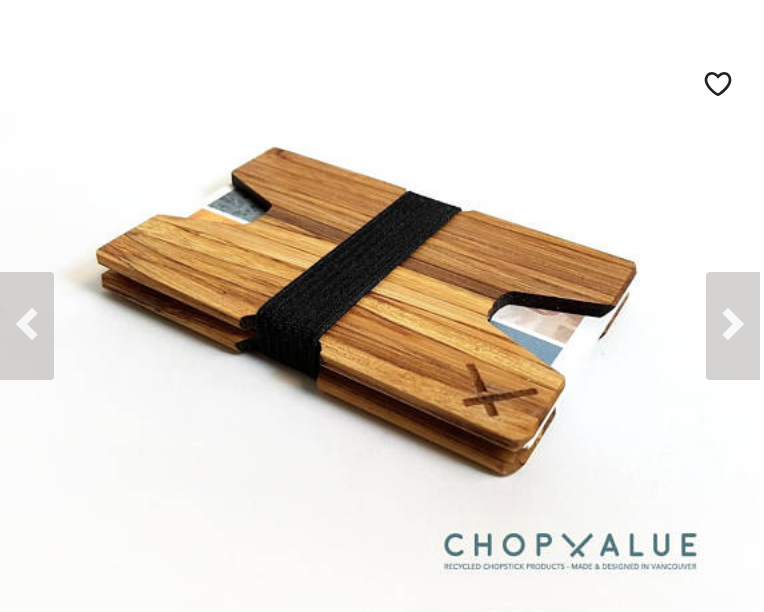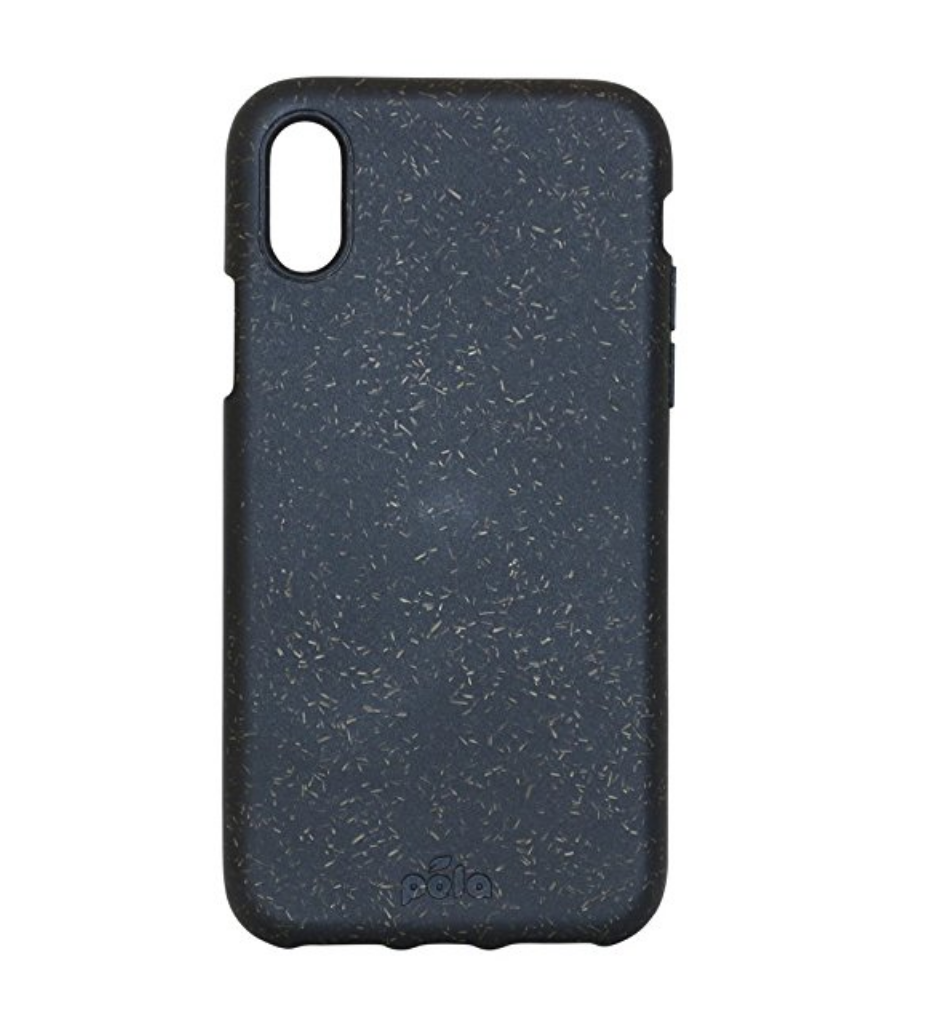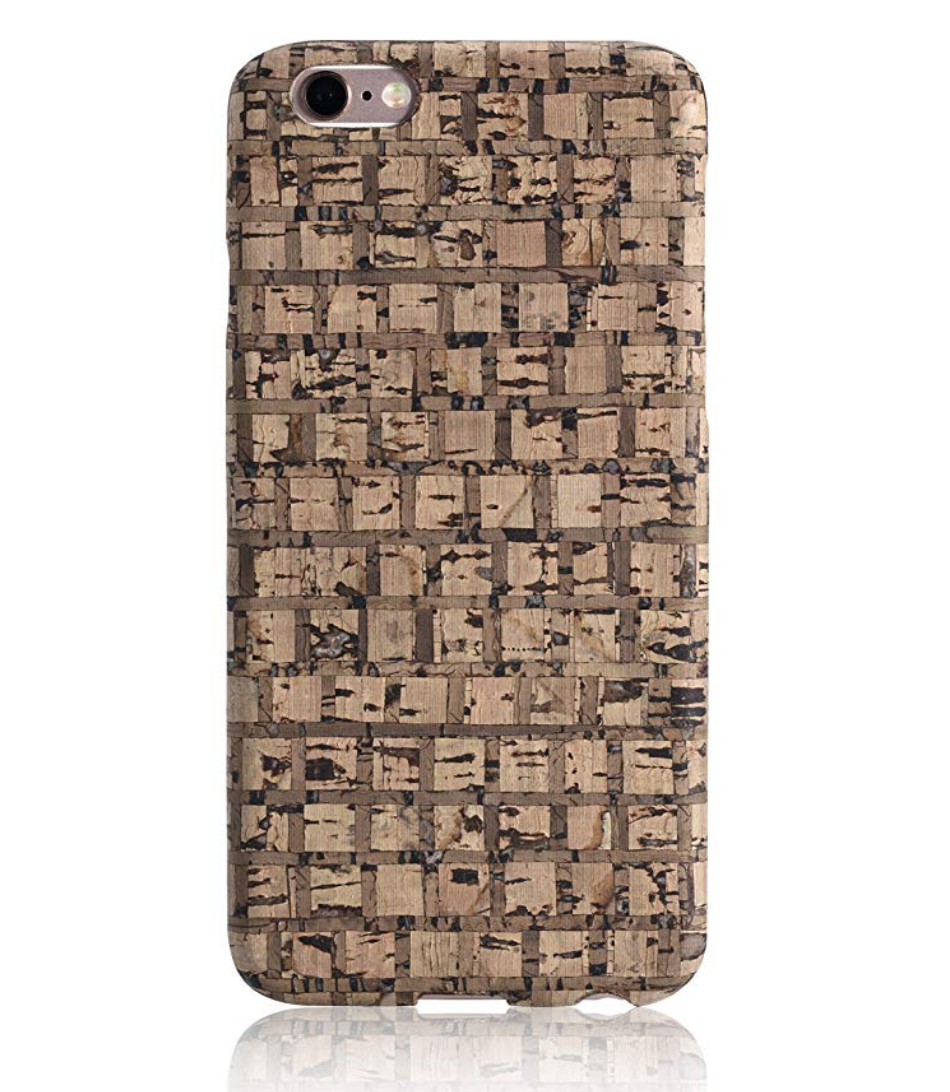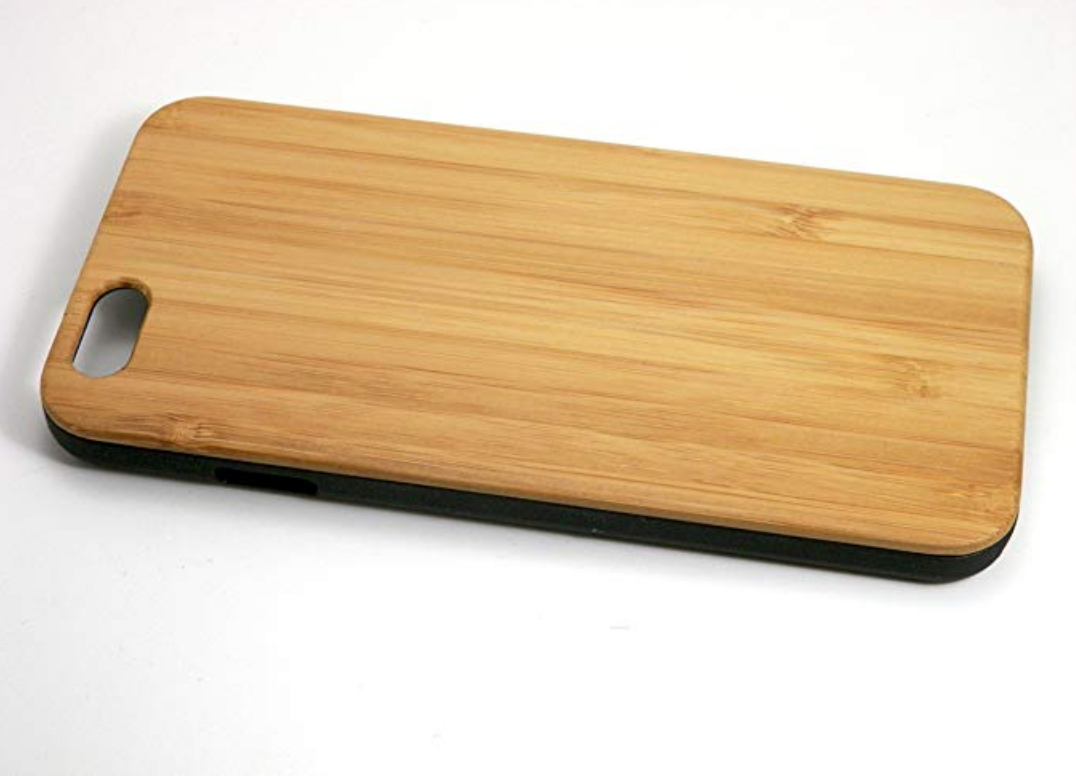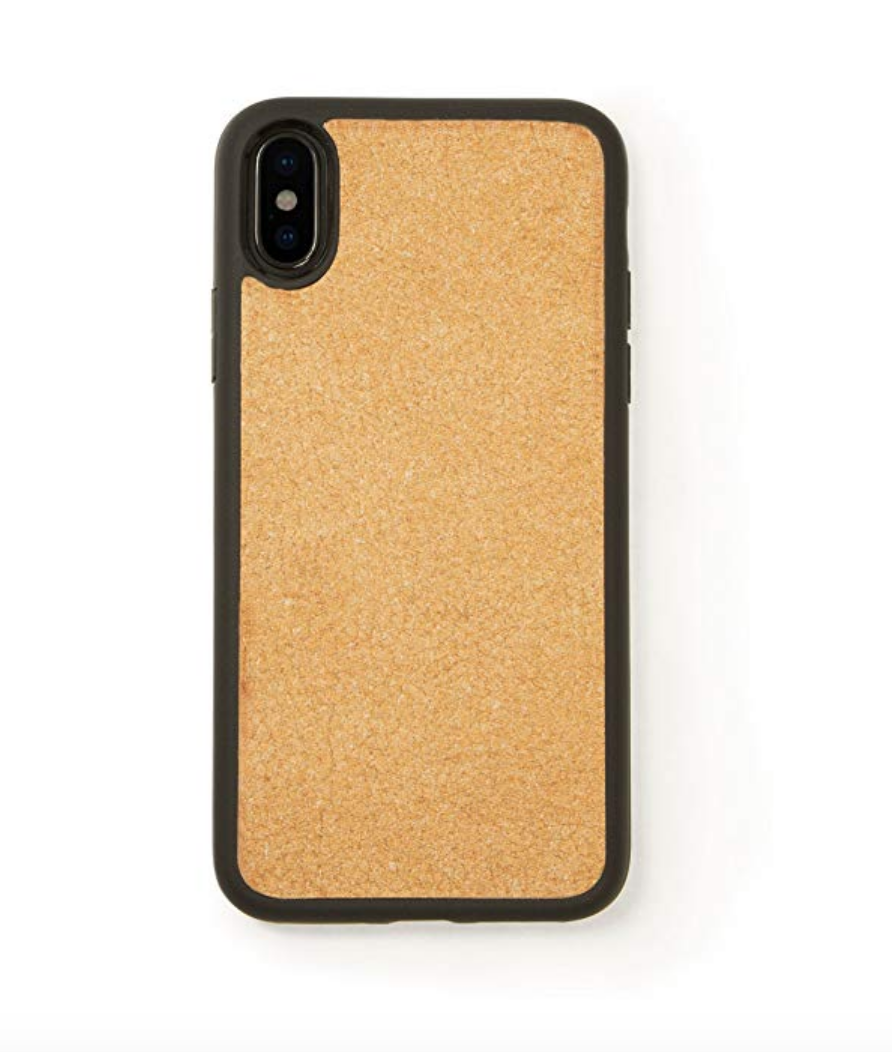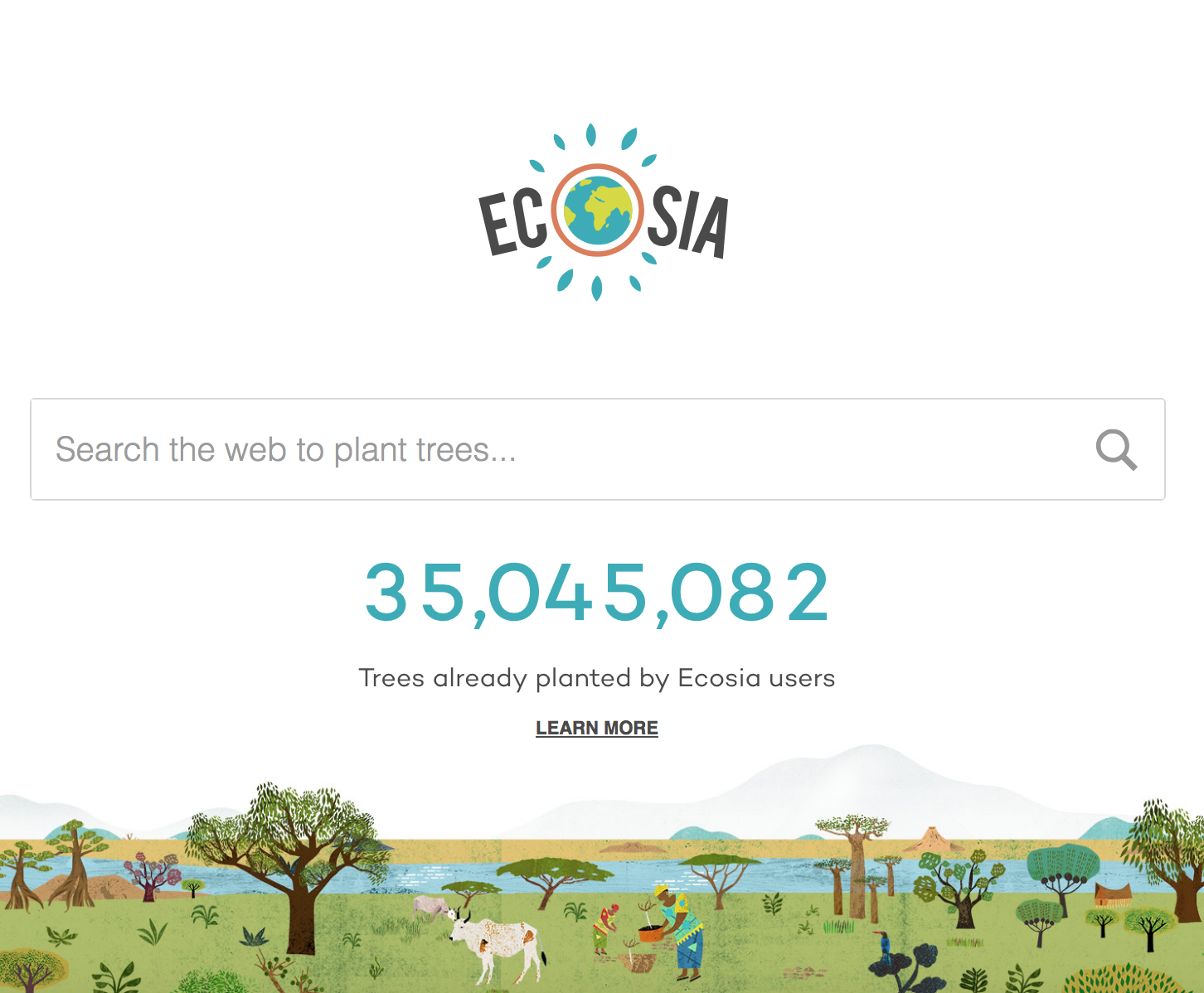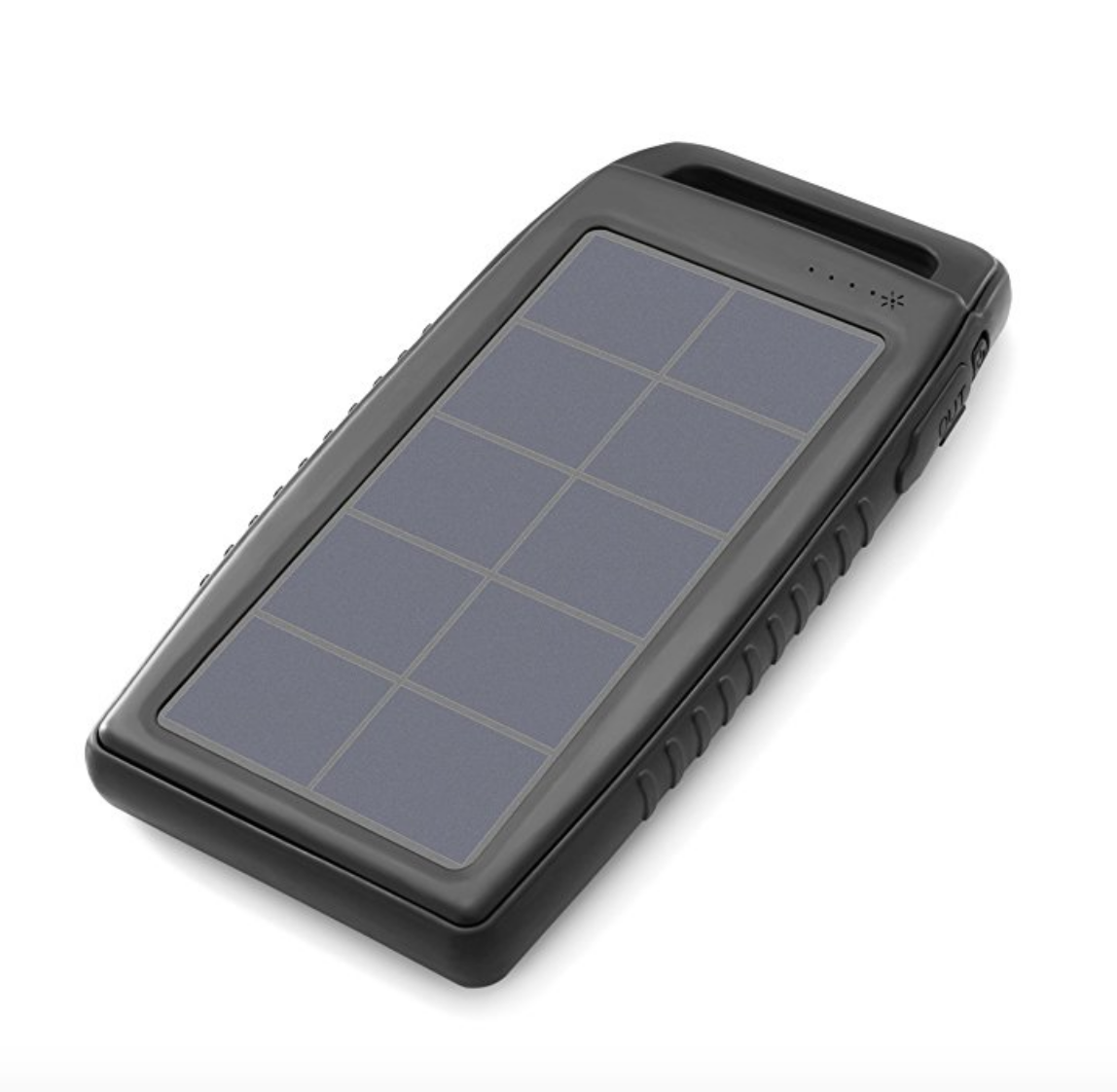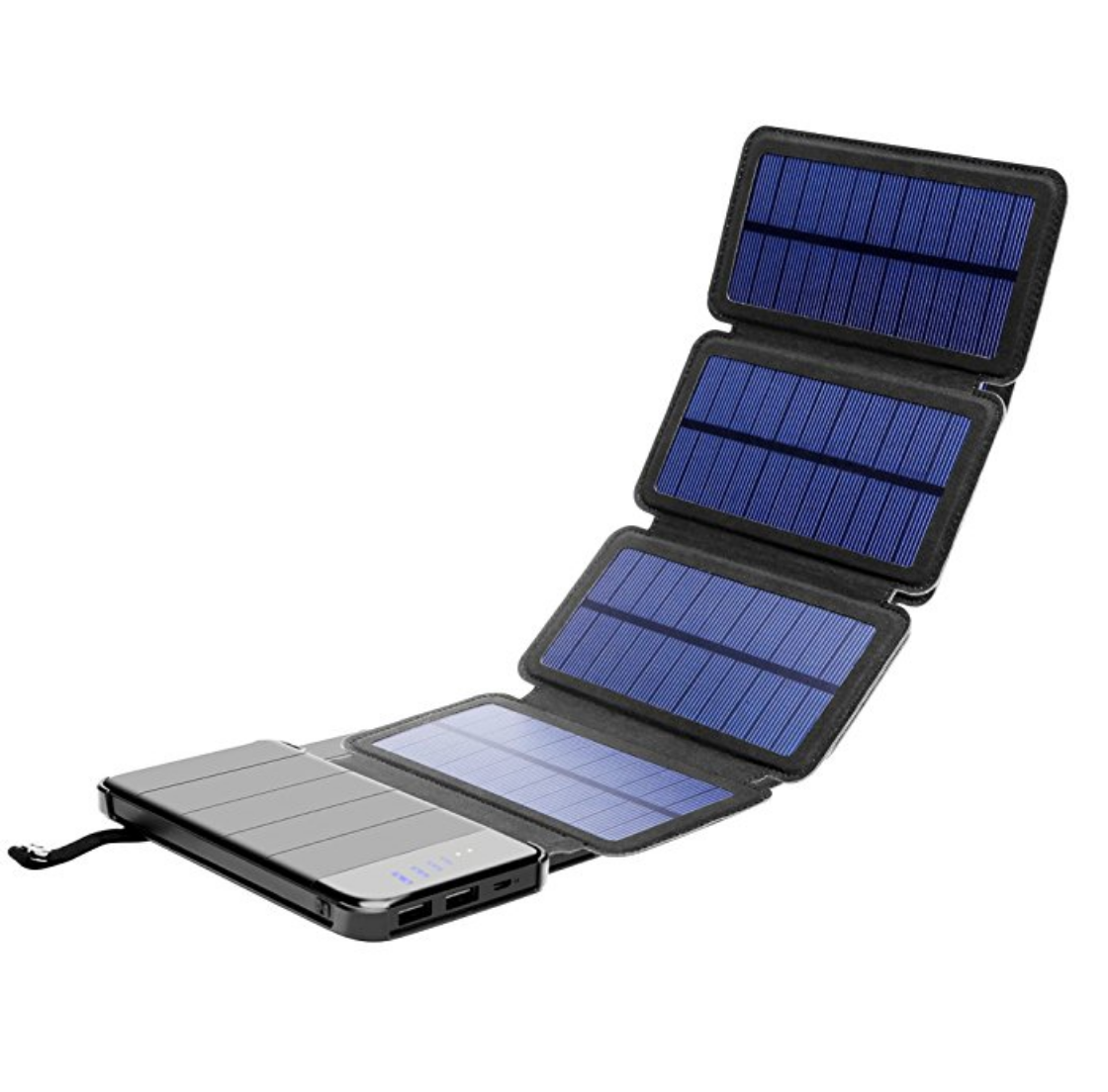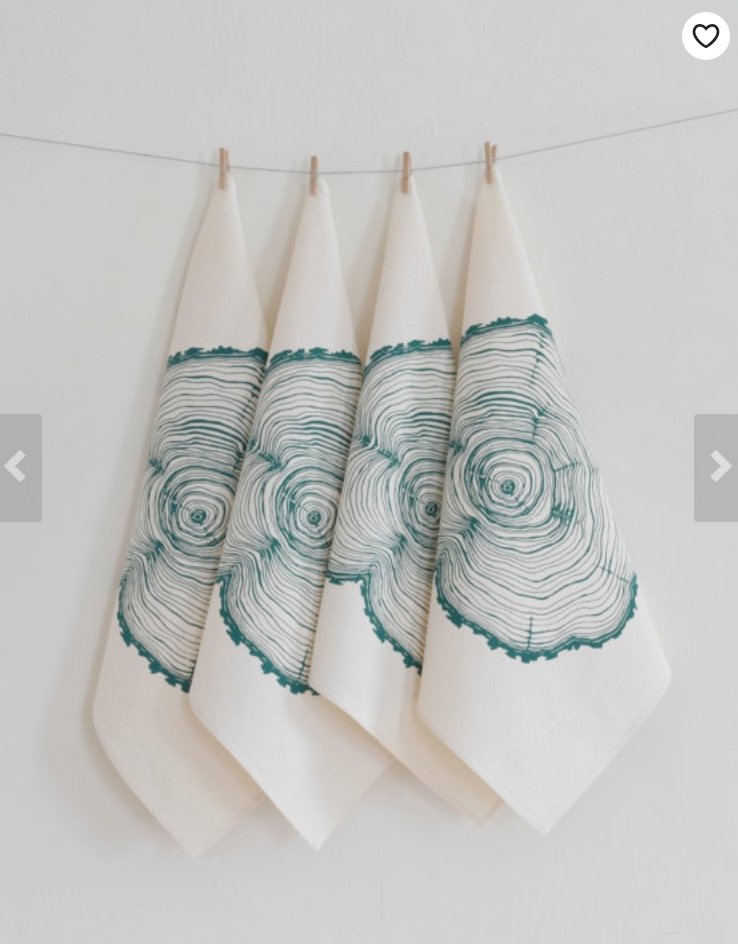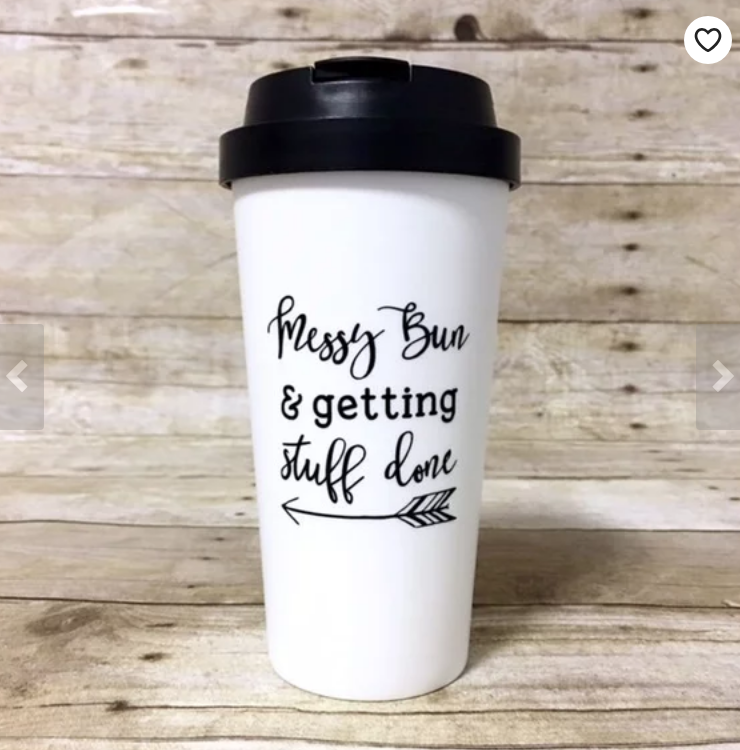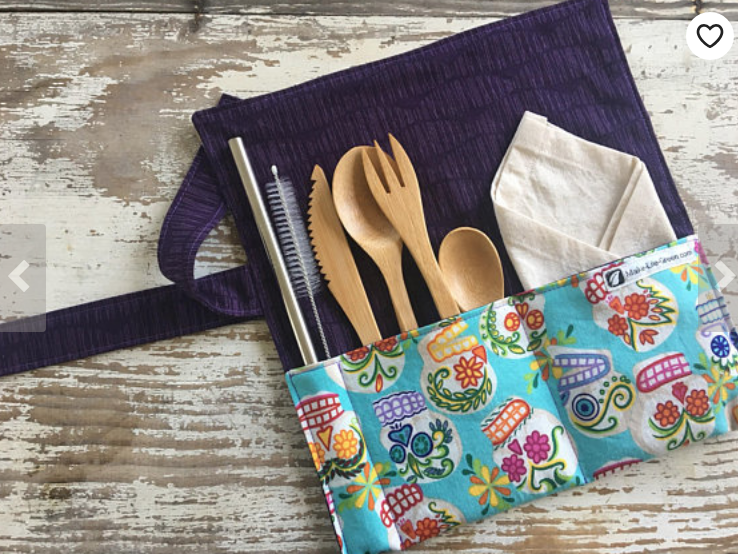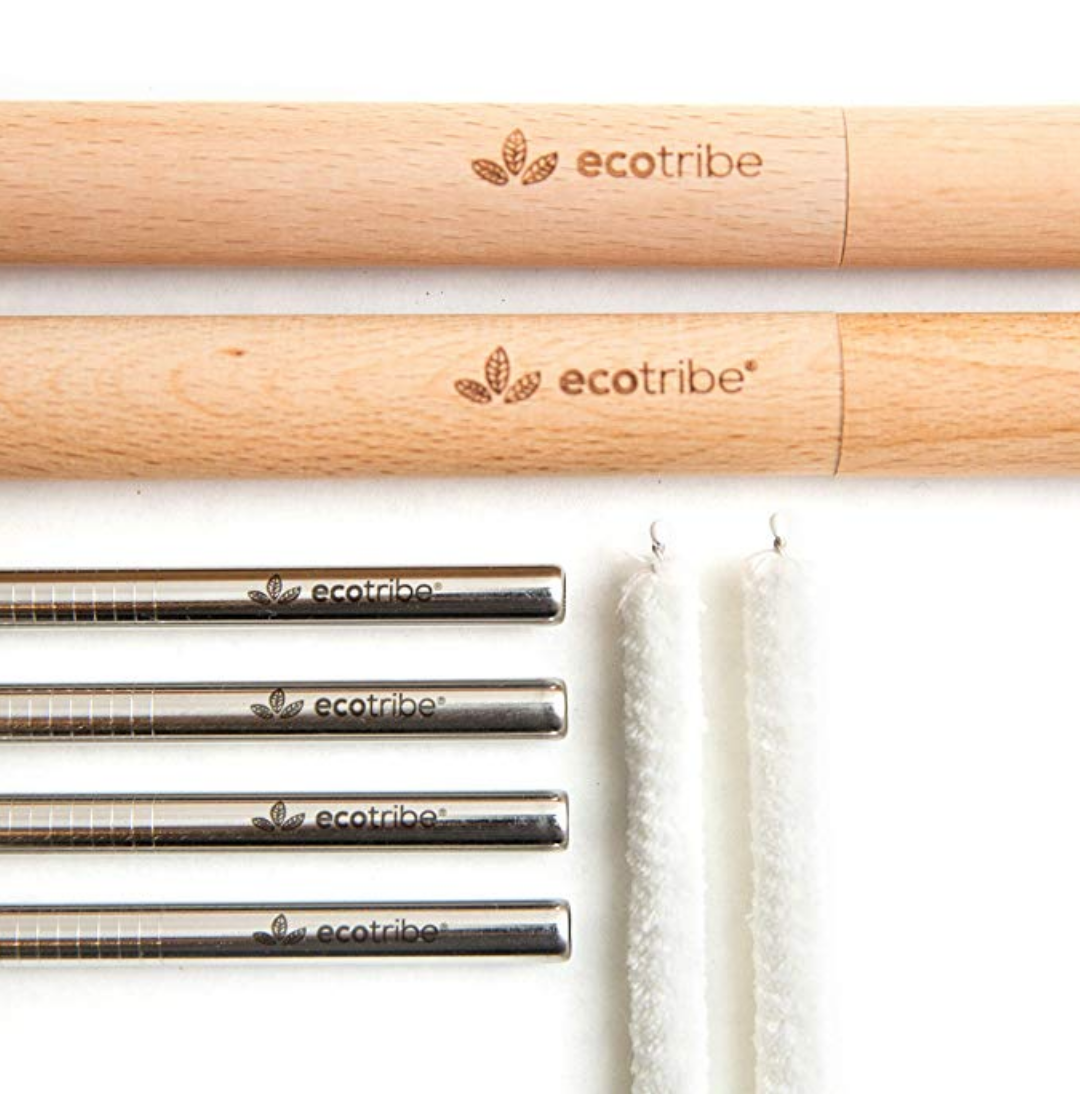12 Tips To Stay Green During The Corporate Climb
/*This post contains affiliate links, meaning if you like it and buy it, I get a tiny monetary high five for spreading the good word about fun products at no additional cost to you.
Running a business in today’s world is hard. Instant communication, faster transactions, and a pretty much constant stream of social media make it hard enough to compete, make it to the gym, and do laundry, let alone worry about making lifestyle changes to lessen your environmental impact.
Furthermore, when Pinterest and blogs offer up tips for going green that only work well for those with a highly organized or flexible routine (*cough* my foraged wreaths post *cough*) , it’s easy to get frustrated and put your environmental goals on the back burner.
Trust me, I get it.
While Compost and Cava sometimes reads as a whimsical treehouse and bee garden lined journey, the reality of my life is that I’m a career-obsessed workaholic who all but lost my shit trying to rebrand my business, balance my existing clients, and still walk my dog. (I have an Australian Shepherd. Our agreement is lots of walks, and I get to keep my drywall.) Blogging fell by the wayside, as did slow living. Those extra several steps that it takes to reduce my impact as a consumer suddenly felt like a marathon.
How do you compete, put your best foot forward, and stay afloat as a small business owner or young professional in a consumerist world that’s at odds with your ideals?
How do you measure up against competition not hampered by minimalist or eco-friendly values, or the sometimes higher costs of ethical purchases?
It would be so much easier to order takeout, snag to-go coffee, and use disposable plates, right? Throw some money at the non-profit of your choice, and hope it all evens out in the end. You have to make a living, right?
According to The World Counts, here are some terrifying numbers for THIS YEAR ALONE:
3,028,580,000,000 plastic bags produced
24,228,689 tons of electronic waste thrown out
23,408,093 square kilometers of plastic soup in the Pacific Ocean
And according to National Geographic, a whopping 91% of plastic isn’t recycled.
Even when you feel like you don’t have the time or it isn’t practical to adopt an eco-friendly routine, you have to ask yourself:
Can WE afford NOT to?
There are, fortunately, a multitude of ways to do better, go greener, and lessen your impact during your climb on the corporate ladder, even when you're crunched for time.
Based on personal experience and research, 12 ways to lessen your environmental impact during the corporate climb. Let’s get down to it.
Dressing to Impress
How you show up to an interview, a networking event, or in my case, a photoshoot communicates a lot to a potential client or employer. (No pressure.) When putting your best foot forward, you usually want shiny, new, perfect things to help you curate that perfect aura of success and instill confidence. While this article in Scientific American does suggest more real-world research is needed, the writer insists, “a growing body of research suggests that there is something biological happening when we put on a snazzy outfit and feel like a new person.”
However, fast fashion is a huge problem. According to the Environmental Protection Agency’s data for 2014 (released in November 2016), the United States of America disposed of 16.22 million tons of textiles. A mere 2.62 million tons were recycled.
So how do you upgrade your wardrobe without trashing the planet?
1. Shop Pre-owned
Let me introduce you to my new best friend: Tradesy. Designer clothes at consignment prices? Sign. Me. Up. This Internet mega-store offers a plethora of designer threads for a fraction of their usual cost, keeping them out of the landfill and shipping them direct to your closet. I wanted to pick up some flattering tailored blazers to wear to my corporate event shoots, but I didn’t want to break the bank on sustainable clothing OR contribute to the vicious fast fashion cycle. I snagged the above Simply Vera blazer for a fraction of the price, along with a Tahari jacket.
I will say Tradesy works best when you’re familiar with the brand you’re buying and know your body type. For instance, I have surprisingly broad shoulders for my frame, so I know I can only wear smalls in sleeveless items, and collared shirts with no stretch are something I need to try on in person.
Not into the online thing? Hit your local consignment store or resale store. I have found a couple choice consignment shops with an amazing array of deeply discounted clothes from my favorite (not eco-conscious) brands. This Madewell pantsuit below is my new favorite casual work outfit. Perfect condition? Thirty dollars? Sexy but dignified keyhole in the back? I’m all about it. Not into resale stores? Throw a clothing swap.
2. Shop Sustainably
Fortunately for career-driven environmentalists, there are a lot of wonderful companies working hard to fight the tide of fast fashion through sustainable fabrics, ethical manufacturing, and transparency.
I’m personally not the expert on this, but I’m a member of the Ethical Writers and Creatives, and many of my fellow bloggers are renowned for their sustainable and eco-friendly fashion expertise and thoroughness. Not sure where to start? Ecocult has really great resources to help you narrow down the wide world of the Internet. The Peahen is another sustainable fashion must-read with a beautiful resource section and marketplace.
3. Take your old shoes to a cobbler.
As this article on waste360.com states, “According to the U.S. Department of the Interior, Americans throw away at least 300 million pairs of shoes each year.” That is a LOT of shoes.
Long before I became an active environmentalist, I was a stone cold broke baby photographer who couldn’t afford to shell out big bucks for new boots every fall. Fortunately, I discovered an awesome cobbler in town. For $20-$40 a pair, my cobbler will resole, reheel, repair, and redip my shoes as needed. Not only does this save you money, but you’ll be amazed at how many shoes you thought were landfill-bound actually just need a little TLC… even when they weren’t designer quality to start with. Nine times out of ten, my shoes go in scuffed, dusty, and without heels and come out looking brand new. The general rule at my cobbler’s place is any shoe at the Nine West or Steve Madden level can likely be salvaged for at least another season or two.
How do you make an impression without making an impact?
4. Rethink your card
Y’all remember that scene in American Psycho, right? Business cards. They’re essential for networking, it can look bad if you DON’T have one, and a well-designed card can create a lasting impression for your brand right from the start. But why spend money and invest in a card when a whopping 88% go right into the trash within one week?
As graphic arts behemoth Adobe states on their blog, “The trick is to elevate each design beyond normal expectations. You want your client’s prospect’s to be so impressed with the business card that they feel guilty throwing it away. Ultimately, even if they don’t need service at that moment, the branding and design are enough to convince them to keep it around.” Spending money on a chic, interesting card is going to increase your return on investment and decrease the speed at which you’re generating waste. If you’re going to do it, do it well.
Now that you’ve reconsidered your design, it’s time to take a look at your materials.
Business cards have come a long way, and there are now a plethora of eco-friendly materials available at your disposal that may even further the message of your business and make an impression.
Cross your tees.
Moo offers business cards made from actual cotton t-shirt offcuts, recycling fast fashion waste into business opportunities for you. This is beautiful because you’re interrupting the waste stream of the fashion industry but also because non-organic cotton is grown at a huge cost to the environment. Throwing it away is an epic waste.
Turn over a new leaf.
Greenerprinter offers business cards made from 100% post-consumer, biodegradable fiber. Not only is their paper chlorine-free and Ancient Forest Friendly, their paper is FSC and Green-e certified and made in the US.
Plant seeds for success.
Finally, you can opt for eco-friendly plantable seed paper cards, such as these from Botanical Paperworks, which claims “Made from post-consumer materials, the plantable business cards are eco-friendly and waste-free.”
Go hands-free.
If you’re of a zero waste mindset, you may want to skim this article on digital business cards. My personal thought is that it may be more work for the recipient with even less of a return, but that’s a decision you’ll need to make for yourself.
5. Invest in a business card holder that invests back in the planet.
Whether you do or don’t go with eco-friendly materials for your business cards, you should buy a business card holder to protect your investment and minimize your waste. No one wants to hand out OR receive bent, scratched, or creepily stained cards, so snag an eco-friendly case such at this one I bought from Antique Character via Etsy. This sweet little wood case snaps shut magnetically and can be custom cut with your logo or company name. The best part, though, is that Antique Character is backed by One Tree Planted, so for each item you purchase, the company plants one tree.
My second pick is this eco-friendly business card holder made from upcycled chopsticks.
6. Upgrade to an eco-friendly phone case
I'm losing an ongoing battle with gravity, and my phone shows the scars. I'm about ready to replace my phone case because every time I whip it out someone inevitably comments on my hot mess of a screen protector, and that doesn't exactly radiate "I've got my shit together, please hire me." When I do, I'm buying a Pela Case. These beautiful phone cases are biodegradable and can EVEN GO IN A BACKYARD COMPOSTER.
You can also snag a recycled cork case or bamboo case as well.
7. Browse Better.
You've heard me wax poetic about the awesomeness that is the Berlin-based search engine Ecosia. Not only does this company use 80% of their profits to plant trees while you search the web, they believe in transparency and post their monthly financials. You'll completely forget about the change in your routine after a day, but the tree counter in the top right corner of your browser will help you track how many searches you've done using Ecosia, which is a fun add-on. I'm up to 3,000 searches, which translates to approximately 73 trees planted from the comfort of my keyboard.
8. Go Solar.
Raise your hand if you watch that battery bar on your phone like a hawk. These days, you're pretty much expected to be in constant communication with your clients or workplace. Fortunately, being on the go no longer means tethering yourself to an outlet or USB port or compromising on your eco-friendly values, thanks to solar powered chargers. Most chargers work with any USB supported device, not exclusively phones.
I'll also add a note here that this could be incredibly handy for those of us living in areas that suffer from the power outages that too often accompany hurricane season.
Finally, how do you sustain yourself when your workload isn’t sustainable?
9. Make a list of places with eco-friendly takeout in your area.
This one is, for me, super important. When I'm overworked and stressed out, the last thing I feel like doing is cooking and doing dishes, but food waste and food packaging waste is a HUGE issue. Having a list of take-out places or in-and-out lunch spots with eco-friendly containers and a compost pick up schedule with the county (compostable items don't really do their thing that well in a conventional landfill) takes a lot of thinking out of the equation.
If you live in the Charleston area, Verde needs to be on your list. Not only can you order ahead for pickup, but they have a plethora of vegetarian and vegan options, compostable containers (there is no landfill waste generated and not even a place for landfill waste in their restaurants), and they're committed to sourcing as many local ingredients as possible. On the run downtown? Caviar and Bananas has made the shift to compostable take away containers from their prepared foods bar, and the Root Note food truck has killer burritos and tacos... and has been using eco-friendly packaging since day one. We also just got takeout from Kairos, and our containers were compostable. For those on a budget, Whole Foods uses compostable containers, and Earth Fare's website prides itself on its "compostable TO-GO [sic] are made from plant-based, recycled materials." Harris Teeter has also begun carrying compostable salad containers alongside their plastic ones, so let's hope this trial run sticks.
10. Fill your car with clean reusable coffee cups, cloth napkins, reusable water bottles, metal straws, and real silverware.
Because you're busy and on the move, you're likely to forget to replenish your zero waste supplies after each use. Circumvent this by putting 5 of each item in your car or office. No one expects you to be perfect all the time, but having multiple of each item will keep wasteful slip ups at bay until you can settle into a new routine.
11. Stock up on farmers market freezer meals.
Because being crazy busy is basically the new American norm, many farmers markets now have prepared meals vendors as well. This allows you to have easily available, locally made meals without the tide of packaging and trash that comes with Home Chef or Blue Apron.
The Stone Soup Collective in Charleston serves up delicious soups in mason jars, and they donate one bowl to those in need for every meal purchased. Find them at the Folly Beach Farmers Market and keep an eye on their Facebook page.
Fuel in Motion is a regular at both the Sunday Brunch Farmers Market on Sundays and the Mount Pleasant market on Tuesdays, and their aluminum foil packaging should be recyclable if washed.
Rio Bertolini's pasta also has lasagna options in aluminum foil pans, and their cardboard ravioli containers *should* be recyclable if no grease stains are present. They win bonus points for mouth-watering ravioli that takes only two minutes to cook and for being at almost every market in town (and we have a farmers market most days of the week in Charleston).
12. If you are still cooking during your busy period (and kudos to you!), go into the kitchen with a plan.
While direct-to-your-door programs like Blue Apron and Home Chef are all the rage, they are renowned for their excessive waste and packaging. Seriously, does each ingredient need its own plastic shrine inside a plastic bag inside a styrofoam container? What is HAPPENING?
If you cook to decompress and are short on time, try to go into it with a set plan so you can avoid both buying too much and succumbing to food waste or generating half a bin's worth of garbage each time you feed yourself.
You'll find meal plans galore on the Internet, but I personally love Cook With Me TV, a Facebook live cooking concept started by my friend Ashley and hosted by a roster of registered dieticians. Recipes for the upcoming week and accompanying grocery lists are released at the end of the workweek, allowing you to pick and choose what nights you'll be cooking and where to shop over the weekend to fit a zero waste lifestyle. My favorite part, though, is that you can actually cook alongside a dietician and ask questions during the cooking process in the comments. It's a real time and interactive show, though you can always watch the video later and cook at your leisure. Cook With Me TV is one of my favorite ways to relax after a long day when I still have the energy to cook. You end the session with a healthy meal and feeling like you've just caught up with a friend.




